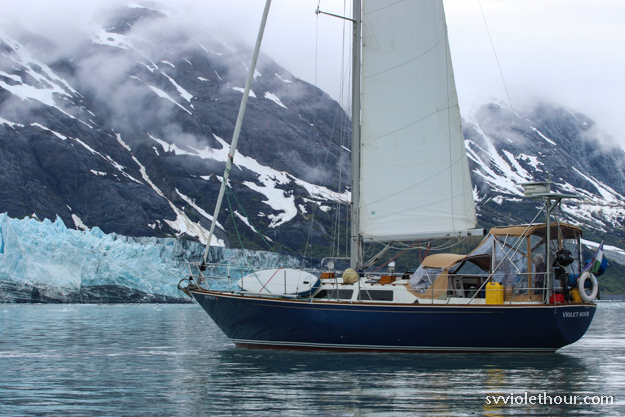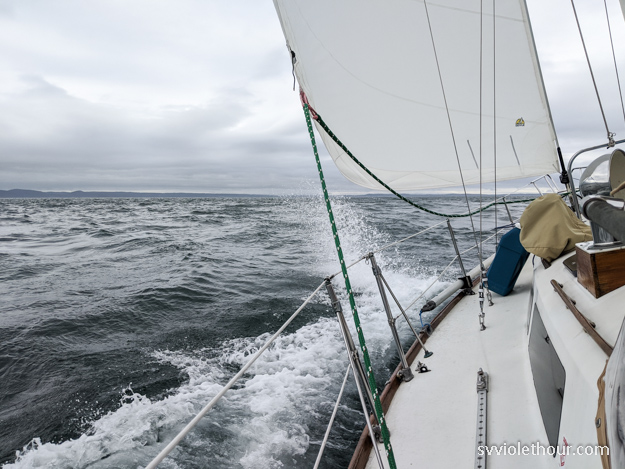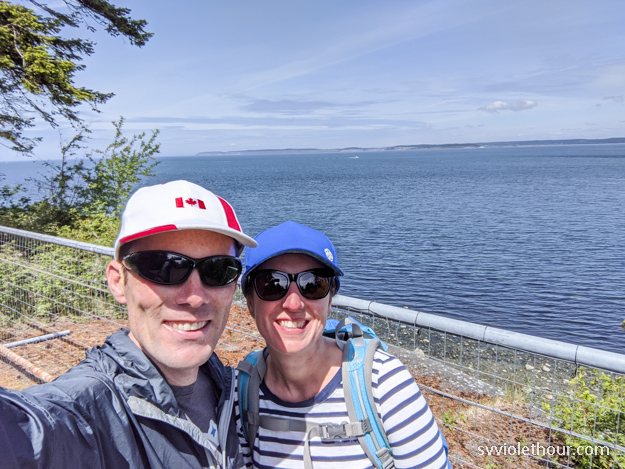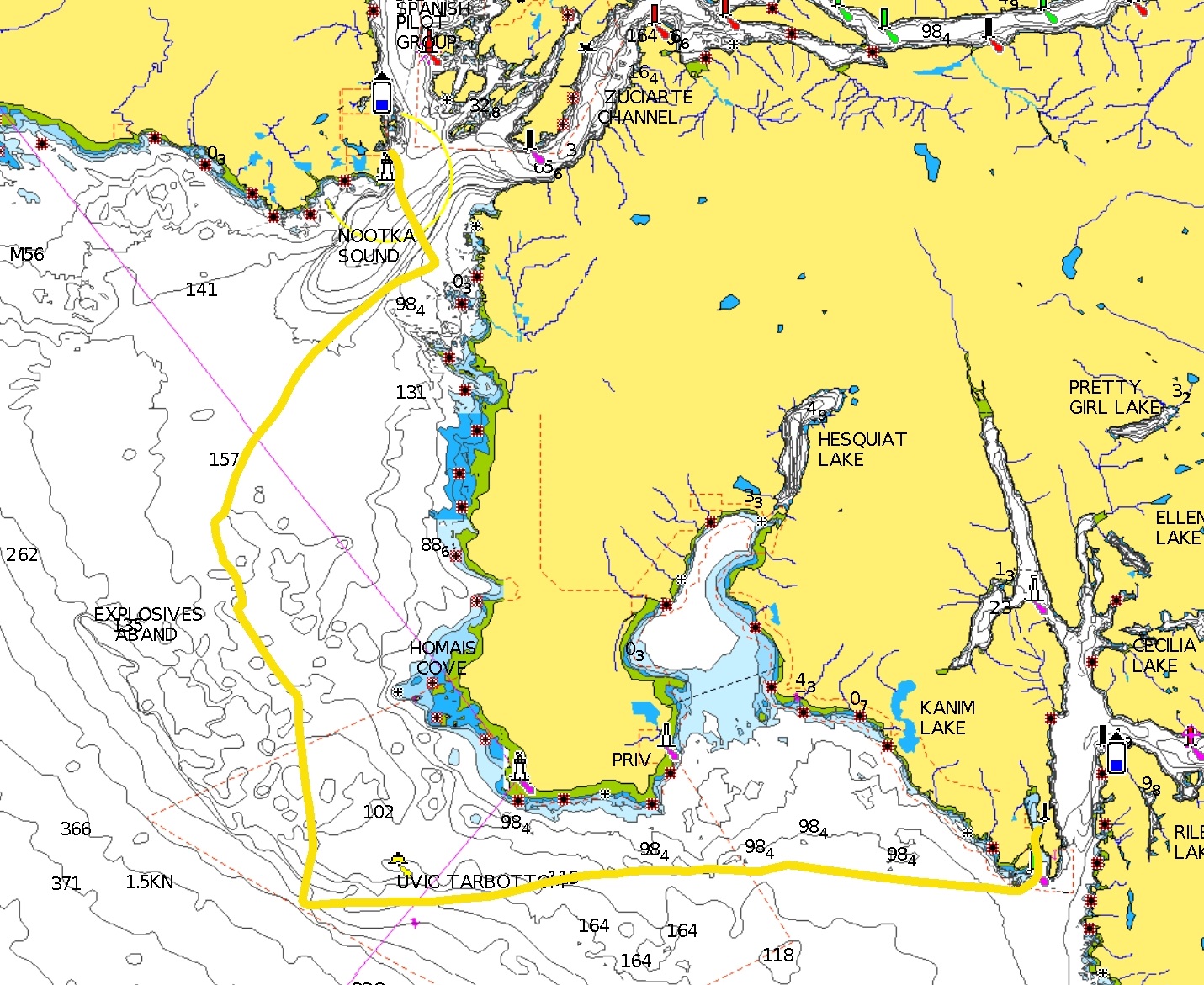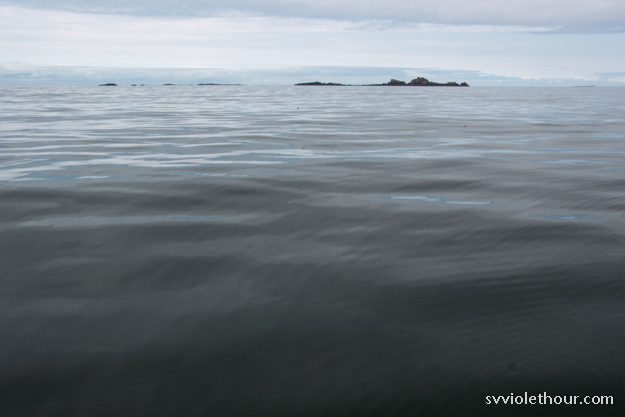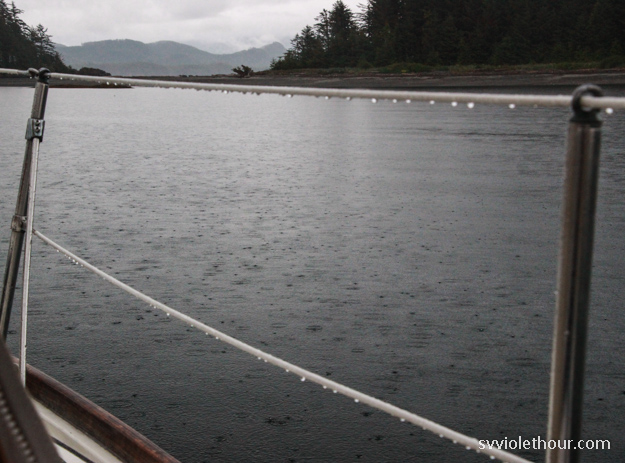When we set sail for Alaska in late March, on an 18-day quarantined transit of British Columbia, we knew we’d find adventure in Alaska. But we didn’t know we’d fall in love with it. After 5 months of cruising Southeast Alaska, the mountains, wildlife and fishing have impressed us enough that we’re not sure we’ll want to leave. (And we’ll be living on our boat in Juneau for the winter, so that we’re already positioned for a full season here next spring/summer).
Since this was our first time sailing Alaska, and we spent 5 out of the last 6 seasons in British Columbia (which we formerly considered our primary cruising region), naturally many thoughts turn to comparisons of Alaska vs southern waters (BC and WA). I haven’t blogged much about our time here (focusing on Instagram) but figured a summary of our learning experience might help other cruisers looking to come here.

Cannery Cove, Pybus Bay
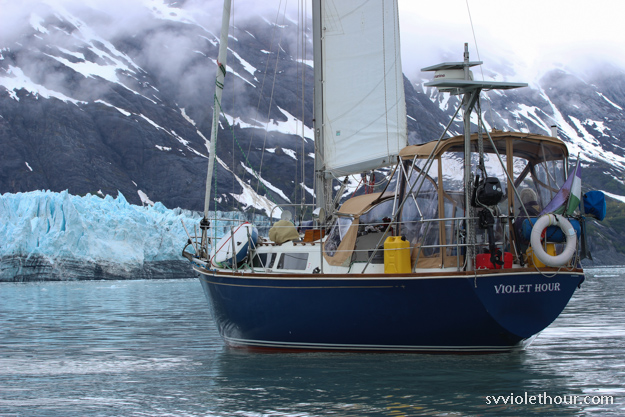
Margerie Glacier, Glacier Bay National Park
Alaska is a tough place to cruise, and the highs and lows are more extreme, but the rewards can also be greater. Some differences (the good and the not-so-good) standout with Alaska:

